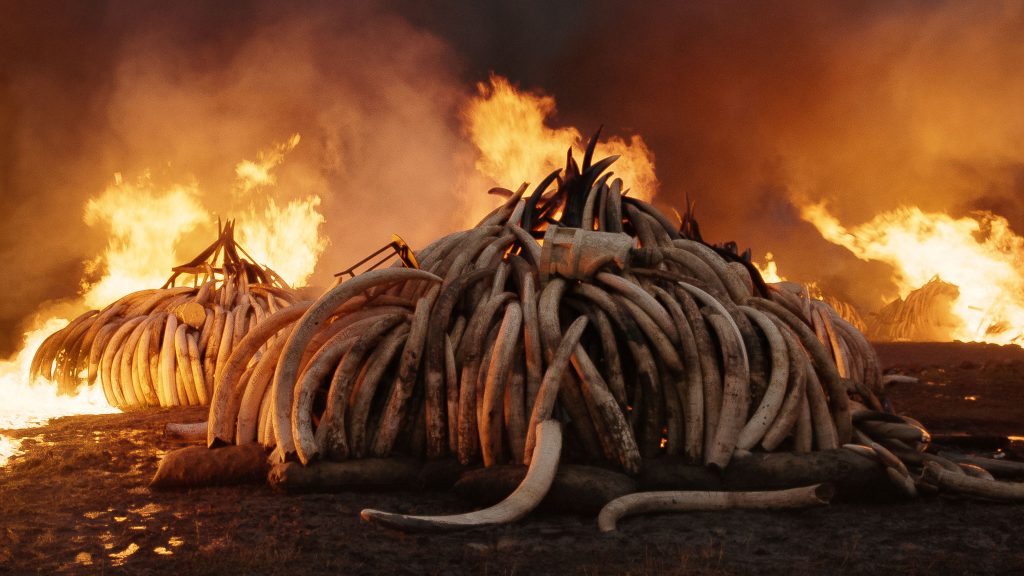Entering the age of human impact: Geologists divided on categorizing the present

By Stephanie Marie Horton | Lampoon Magazine |
An act of hope: filmmakers discuss Anthropocene: The Human Epoch and reveal how determining human impact isn’t always about statistics
New York, February 25th 2021. A film set to capture and contextualize human influence, Anthropocene: The Human Epoch is a visual storytelling on a massive scale. Anthropocene is the third in a series of documentary films depicting the state of our world. This trilogy from collaborators Jennifer Baichwal, Nicholas de Pencier, and Edward Burtynsky explores the planet’s human signature. The team’s first two projects Manufactured Landscapes and Watermark center around human planetary impact. Baichwal pitched the idea of exploring the Anthropocene in 2015 to photographer and collaborator Burtynsky – she said: «no one knows what that word means». She points out this term is more in the vernacular than it was when she initially proposed the project. As the film opens, narrator Alicia Vikander tells audiences a group of scientists are investigating if we have reached the end of the Holocene epoch after 12,000 years. The group of scientists working to prove that humans have entered a human-shaped epoch is called the ‘Anthropocene Working Group’. Director Jennifer Baichwal says this film is an attempt to translate the research of those scientists. Translation of this epoch would mean a four-year undertaking on the part of the filmmakers. It’s an ongoing story of the geological era centering human activity as the dominant climate and environmental action. According to Baichwal translating the work of these scientists meant understanding their perspective saying «Humans move more sediment than any of the rivers on Earth combined – those kinds of scientists are looking at that from a completely value-free perspective».
Read the full article here.
